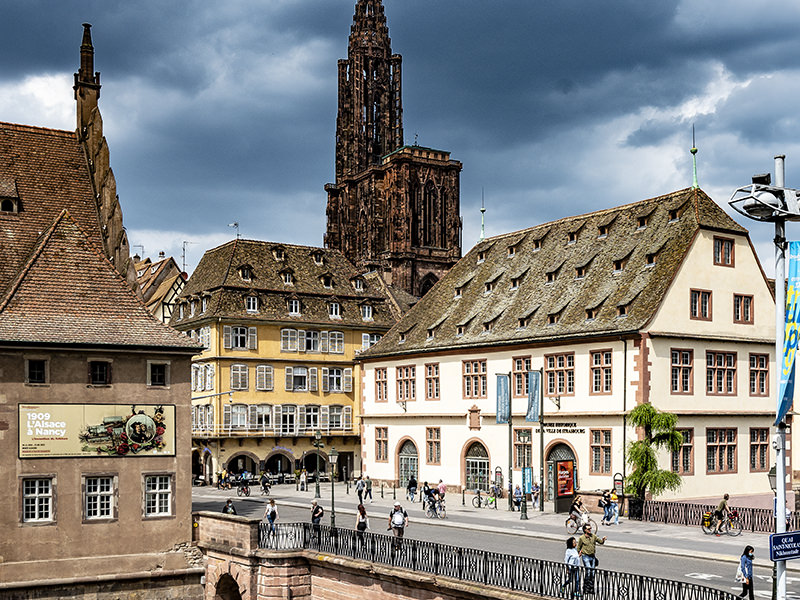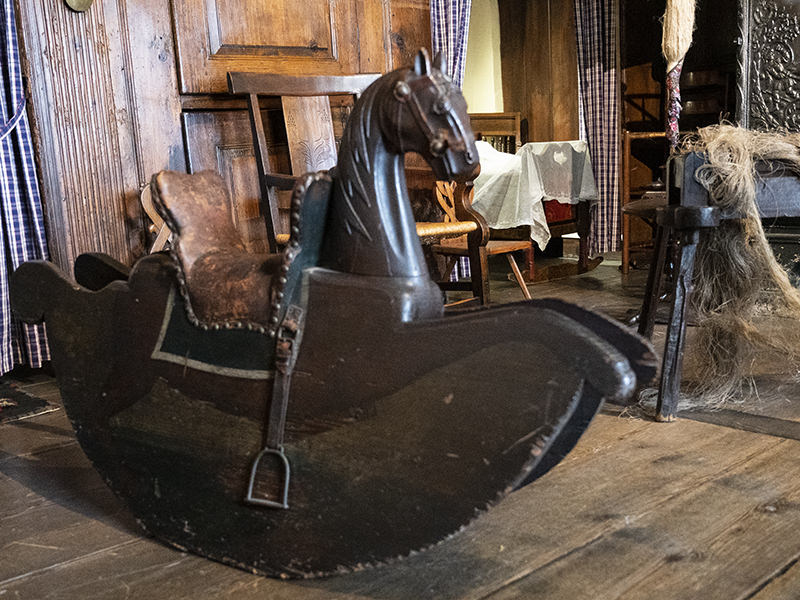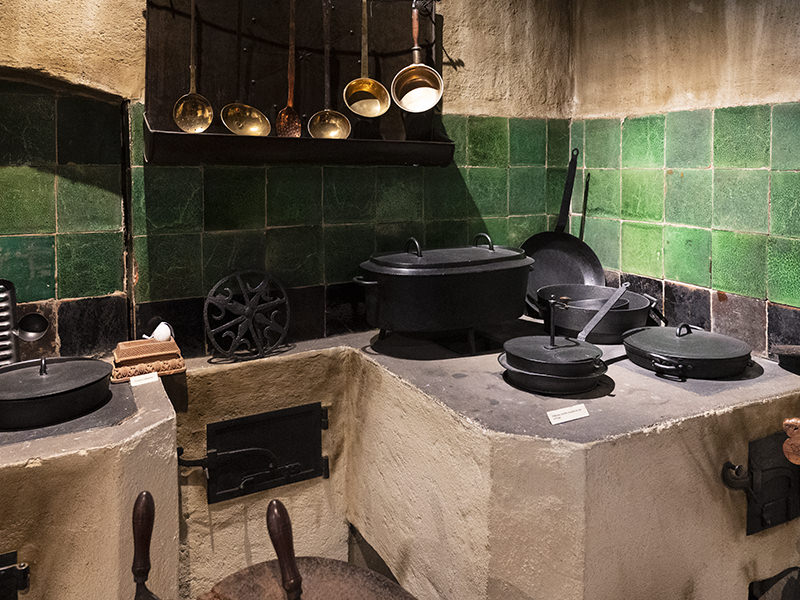
Musée Alsacien
highlight
Produced by :  © 2022
© 2022
The Alsatian Museum offers the visitor a charming tour of old Strasbourg dwellings connected by wooden staircases and corridors. It displays numerous objects that show rural life in Alsace in the 18th and 19th centuries: Traditional costumes, furniture, ceramics, toys, religious and secular paintings, reconstructions of characteristic interiors of different lands of Alsace (agricultural plain, vineyards, Vosges) and of artisans' workshops make the tour of the museum very interesting.

Several rooms are replicas of interiors, such as the stùb (common room) of a farm in Wintzenheim (Kochersberg), others are more imaginary, such as the kitchen and especially the workshop of an apothecary and alchemist.
The visitor walks through all the rooms that make up the Alsatian Museum as through a house whose inhabitants have just left. The creaking floorboards, the furniture in all the rooms and all the objects, none of which are harmless, recall a life that is at once familiar and yet so different from today.

The stùb is the center of family life on the farm, the heart of the house. It is usually the only heated room in the house besides the kitchen. As a "multifunctional" living space, it serves as a dining room, living room, playroom, workroom and bedroom for the head of the household.

The rural stùb was placed in the Alsatian Museum in 1912. In this living room, the ceiling beams, the wall paneling and the wall forming the alcove come from the farm of Mr. Émile Stieber in Wintzenheim-Kochersberg. The furniture comes from various sources.
The architect Théophile Berst was inspired by the kitchen of a farm in Pfulgriesheim and mixed among the usual kitchen utensils some rare objects of different origin: from attics in villages or from an old barracks.

The whole is both picturesque and faithfully recreated. The abundance of rare items contrasts with the rustic look of the brick fireplaces.
Nevertheless, the two most important elements of the kitchen, which is the lungs of the house, are highlighted:
- the water, with the wàsserstëën ( sink ) in the back of the room and the jugs lined up on the wàsserbànk ( water bench ).
- the fire, with 5 different hearths, each with its own function: the family stove, the supply of the stove in the stùb, the stove for the animals, the bread oven and the distillery.


